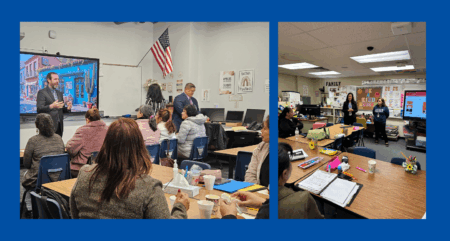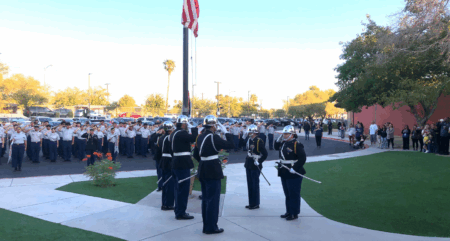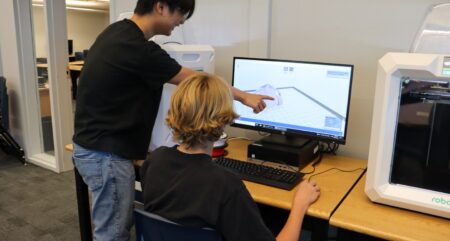In an era where connectivity is just a tap away, it’s paradoxical yet profoundly concerning to witness a rising tide of loneliness among young adults, particularly high school students. This silent epidemic is subtly weaving its way into the fabric of student life, contributing to an alarming surge in anxiety, depression, and other mental health issues. Today, we delve into this pressing issue through the lens of a compelling report by Christian Frias, a member of the Vegas PBS media crew, who explores student loneliness at his high school.
Unveiling the Epidemic: The High School Loneliness Crisis
Christian Frias, a senior at the College of Southern Nevada High School’s East Campus, brings to light a poignant reality: the pervasive feeling of loneliness among high school students. His report begins with a stark acknowledgment of this emotional epidemic, shedding light on how it transcends the usual ailments of sick days and high temperatures. The feeling of loneliness, as described by Christian and his peers, is a profound sense of isolation despite being surrounded by friends and acquaintances.
One student candidly shares, “I do feel kind of lonely sometimes. I have friends, you know, I have people that I hang out with, I have people that I talk to, but there are times where I just feel alone.” This sentiment resonates with many teenagers who, despite their social circles, experience an inner void that is difficult to articulate or address.
The Roots of Student Loneliness
The report delves into the underlying causes of this widespread loneliness. One major factor is the reluctance of students to share their personal thoughts and struggles. Many young people grapple with the fear of being misunderstood or judged, leading them to withdraw rather than open up. As one expert points out, “They think that other people won’t understand them, and so rather than give other people a chance to get to know them, they fall back.”
Moreover, the demanding nature of modern student life contributes significantly to this sense of isolation. Balancing high school, work, and college simultaneously leaves little room for socializing and forming new friendships. The pressure to succeed academically and plan for the future can overshadow the basic human need for connection and companionship.
Overcoming Loneliness: Steps and Strategies
The good news is that there are ways to combat and address this growing issue. Encouragingly, today’s generation is more open to seeking help through therapy and counseling. As noted in the report, “I’m always very proud of this generation and always in awe of them at how open they are to the idea of therapy and going to see a counselor.” This openness is a critical first step in tackling loneliness and fostering mental well-being.
Joining clubs and organizations is another practical approach. Engaging in activities that align with personal interests can help students meet like-minded peers and build meaningful connections. However, the key lies in taking the initiative to step out of one’s comfort zone and actively seek these opportunities.
A Message of Hope and Encouragement
The report concludes with a powerful message of hope. Christian and his peers emphasize the importance of not giving up and seeking help when needed. “If you’re feeling alone, just don’t be scared to try and seek out help. There’s always going to be someone there to help you. Don’t feel like you’re the only one going through it,” says one student, echoing a sentiment that many need to hear.
For those struggling with loneliness, various resources are available, such as counseling and psychological services at the College of Southern Nevada. The report also highlights Care Solace, offered by CCSD, providing essential support to those in need.









